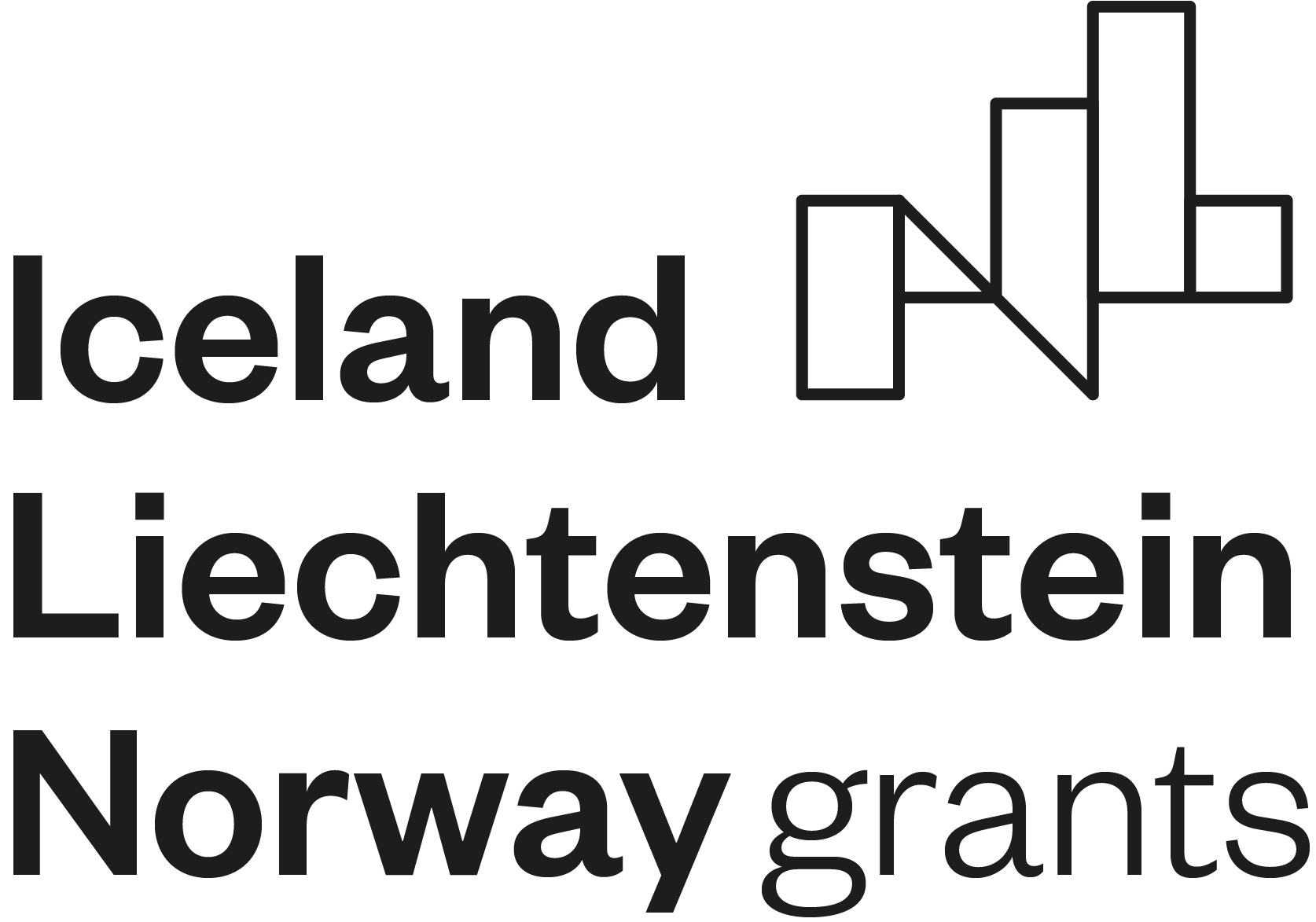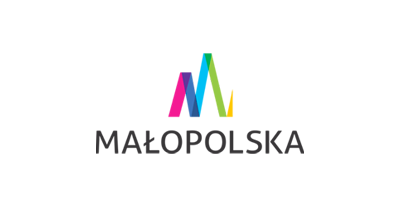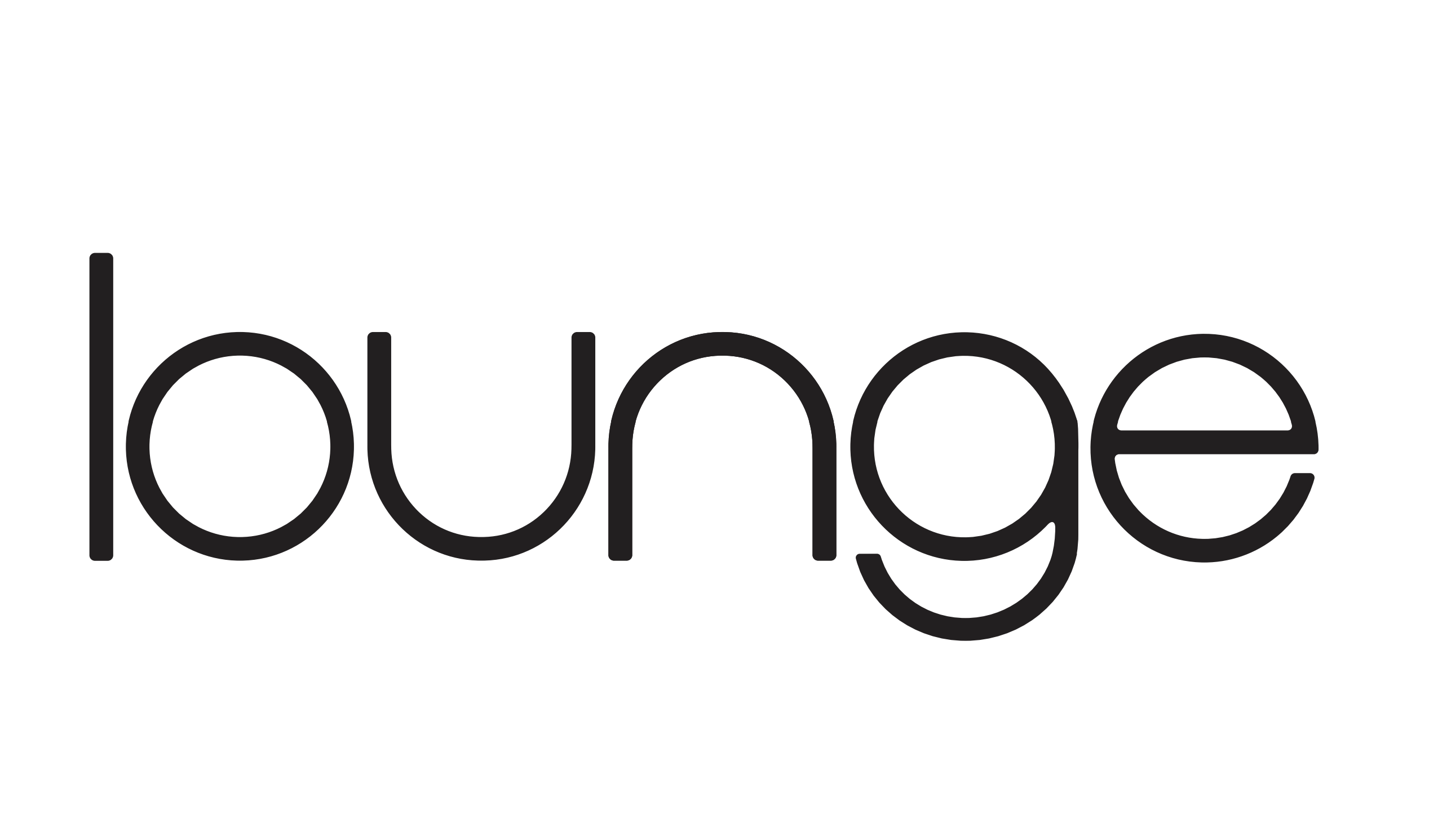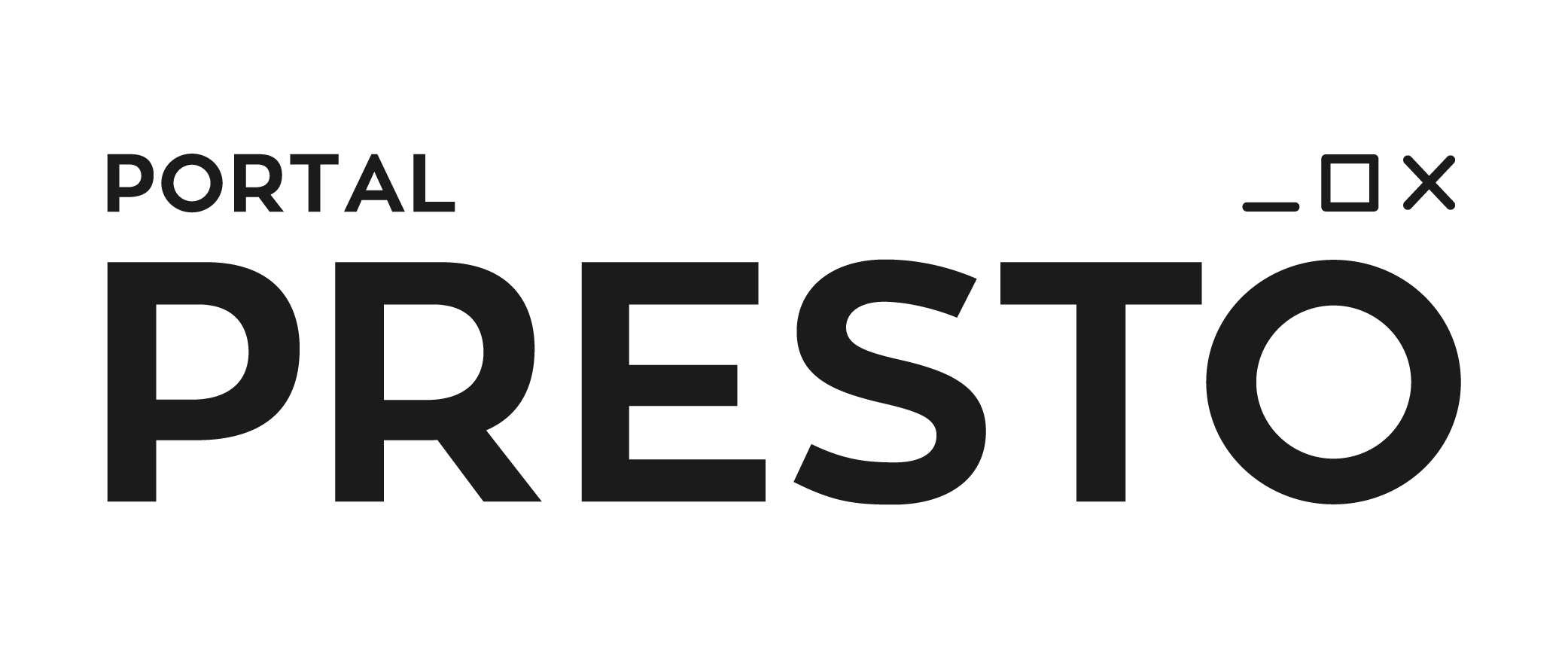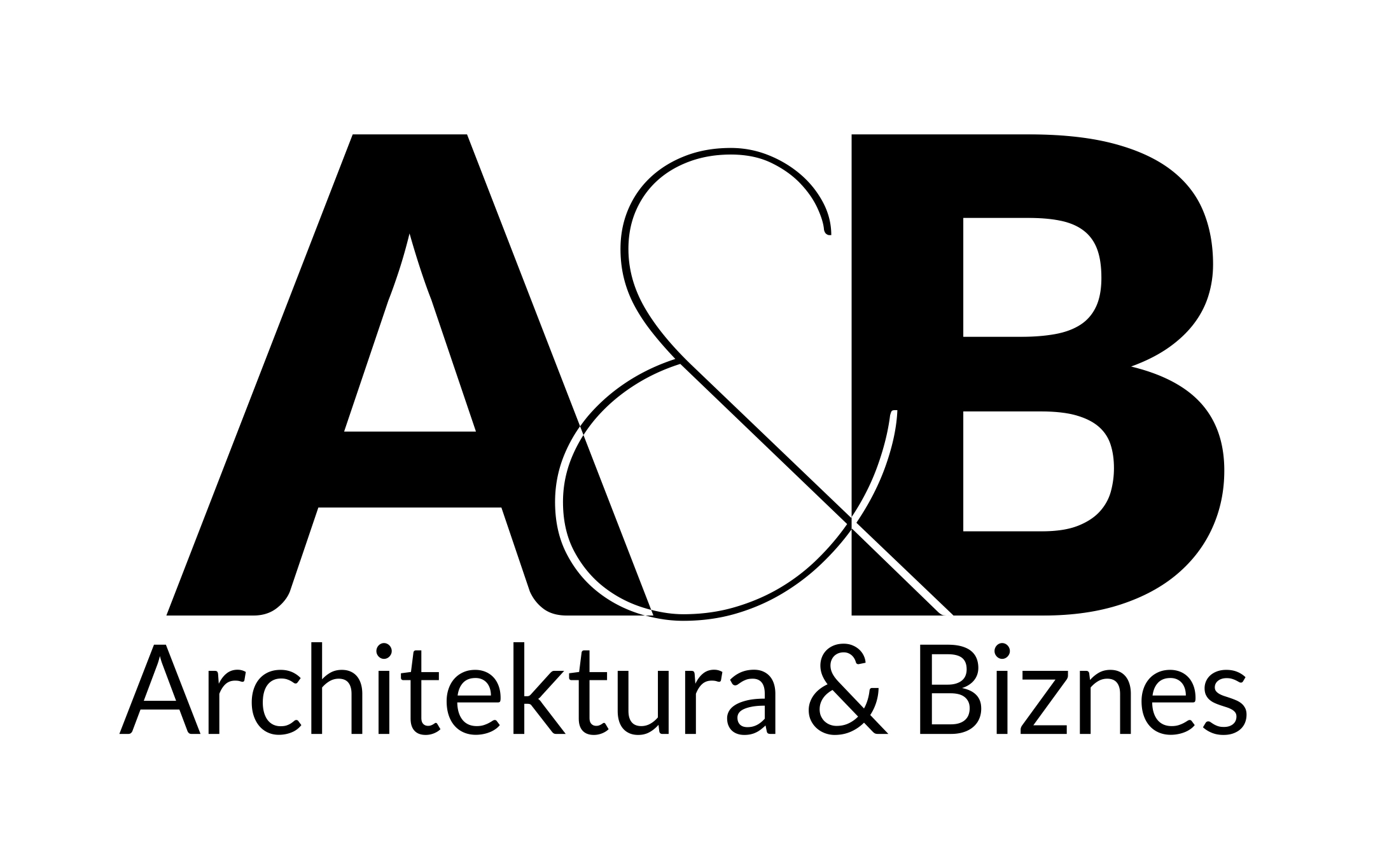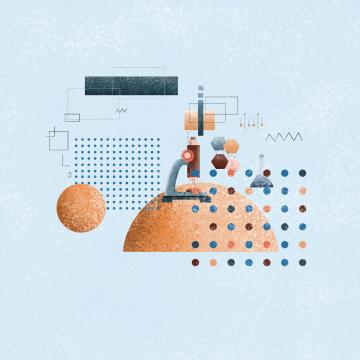
Sense and engineering - How simple and complex solutions change medicine?
Sometimes, instead of a dozen new technologies, a single change in procedures is needed. But how to decide when simple (low-tech) and complex (high-tech) solutions are warranted?
Why do we use the terms low-tech and high-tech?
This distinction is meant to remind us that we are not always looking for solutions in the right area. Designing complex artificial intelligence algorithms that suggest diets to patients can be contrasted with teaching patients to compose meals according to the principles of the "Healthy Eating Plate" (proposed by Harvard Medical School). Hanging a piece of paper in the kitchen reminding of a healthy meal composition costs a few cents - blood tests and algorithms cost millions.
Low-tech refers to simple and relatively inexpensive tools and technologies aimed at rapid diagnostics and improving patient health. When examining patients, we start by checking their temperature and listening to them, not by performing a bone marrow biopsy.
Sometimes a change is needed at the level of appropriate tools. “Embrace” is a project of an inexpensive infant warmer adapted to developing countries. In a study analyzing problems during infant transport, using Embrace helped reduce hypothermia issues by over half.
High-tech utilizes advanced technologies to improve patient diagnostics and treatment. This includes computed tomography, magnetic resonance imaging, endoscopes, surgical robots, and telemedicine. The application of artificial intelligence and machine learning in conjunction with advanced medical technologies is one of the most exciting areas of medical development.
An example of such an application is the use of artificial intelligence in radiological image analysis, allowing for rapid and accurate diagnosis of diseases. During this year's fifth edition of the School of Pioneers' Polish Development Fund, one of the most prestigious development programs for innovators in Poland, the “Spectrum” team received a special award. Thear application, designed for hospitals, is connected to a database that integrates various data sets and provides data about breast cancer-related risks in specific situations.
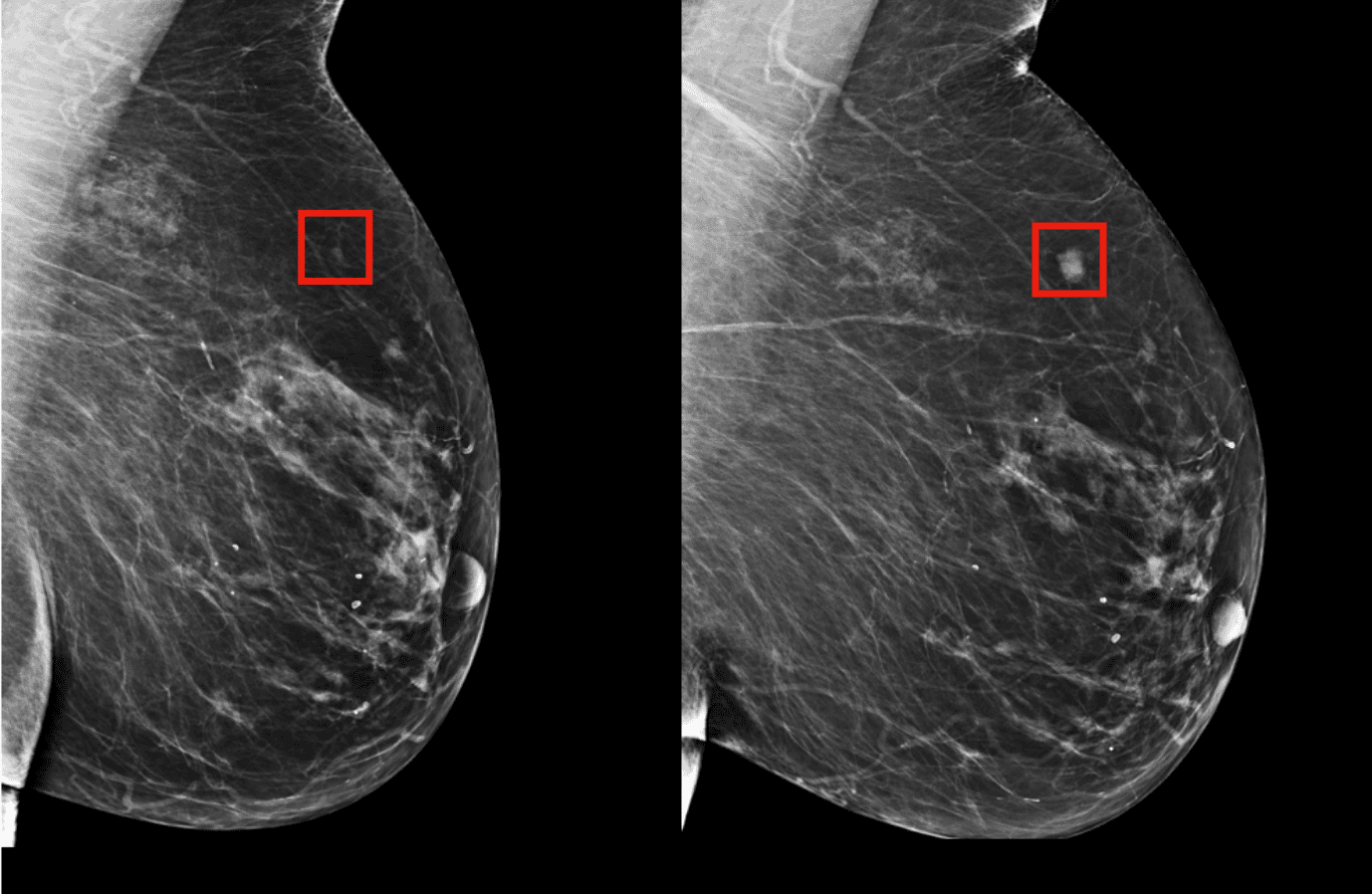
In the future, we can expect further development of high-tech technologies that will be even more precise and effective in preventing, diagnosing, and treating diseases. More information about data and how it changes medicine can be found in a conversation with Anna Trawińska from the Centre for Computational Personalised Medicine [podcast is only available in Polish].
However, it is essential to remember that in the case of medicine, technological development should always be preceded by thorough research and clinical analyses to ensure the safety and effectiveness of applied technologies. Moreover, the development of medical technologies must be balanced and take into account economic and accessibility aspects to ensure equal access to medical care for all patients. Sometimes, a good idea is enough.

